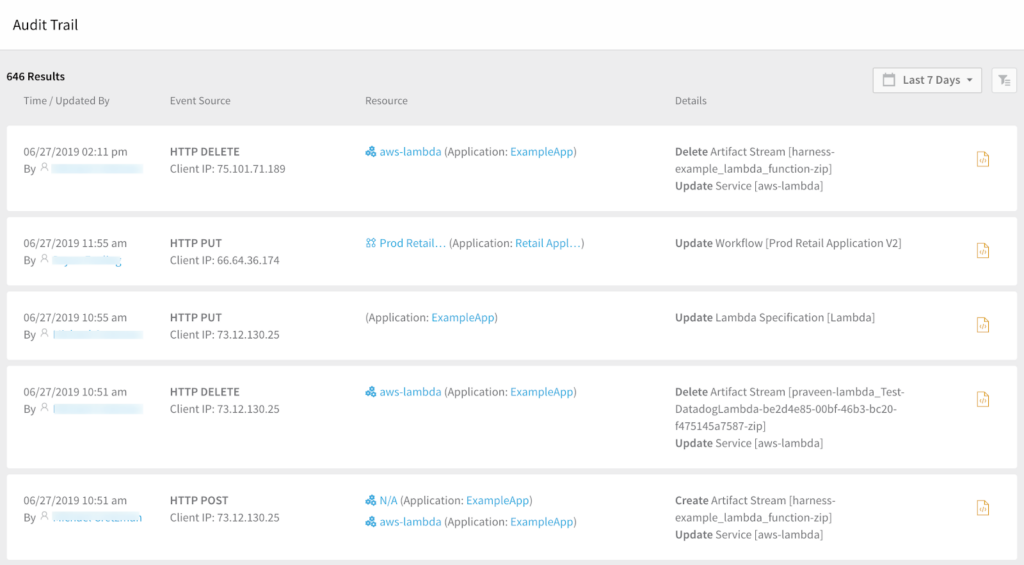
Implementing CI/CD pipelines accelerates time to market by reducing deployment pipeline creation time from an average of 66 hours, enhances governance and compliance through secrets management and RBAC, and improves service quality and performance by integrating testing and feedback loops.
The Challenges Solved by CI/CD Pipelines
Continuous Integration (CI) and Continuous Delivery (CD) are software practices that allow organizations and teams to deliver code to customers quickly, safely, and repeatedly. CI/CD pipelines improve deployment velocity, operational efficiency, and security while giving engineers and teams more time to work on things that matter. This blog post will share four common CI/CD challenges and how to solve them.
Accelerating Time to Market
A software delivery cycle involves tools, people, and processes. Time to market is dependent on how well these three components work together. While teams have operational and communication tools, like Jira and Slack, they still spend an average of 66 work hours creating a deployment pipeline for an application (from our Continuous Delivery Insights 2020 Report). If you’re having trouble debugging or troubleshooting failures in your CI/CD pipeline and it’s impacting your Time-to-Market, consider doing the following:
- Orchestrating your pipelines and scripts with a CI/CD platform
- Introducing CI/CD templates and workflows for reuse across teams
- Documenting and managing service dependencies for deployments ahead of time
If you’re working on microservices, I recommend this piece on succeeding with microservices, which goes into detail about some of the pitfalls of delivering and developing microservices. If you’re migrating to the public cloud, I recommend this case study on how to accelerate Kubernetes migrations.
Controlling Governance, Risk, and Compliance
CI/CD pipelines aren’t only around for developer and engineering velocity. Governance, risk management, and compliance (GRC) is an umbrella term covering an organization’s approach across those three practices. For many organizations, it’s not about how fast we can deliver, but more importantly, how we ensure that organizational standards are met and understood by application teams who deploy and release their software.
An important part of pipeline governance is that developers are aware of the risks of a deployment at each stage of the CI/CD pipeline. If you have challenges around pipeline governance, I recommend introducing or evaluating your processes for:
- Secrets management in your CI/CD pipeline
- Role-based access control (RBAC) enforced CI/CD
- Creating policy enforced pipelines and or attesting artifacts
- Auditing and increasing visibility into pipeline changes.
- Policy based governance controls

Harness provides auditing of events for Harness resources including accounts, applications, and application components. Harness Continuous Delivery Audit Trail enables you to track and review all events in one place.
Ensuring Uptime, Service Quality, and Performance
A big challenge of CI/CD today is how we deliver our work without degrading service performance or quality. Every deployment has a certain risk associated with it, so organizations need effective means for controlling and reducing those risks. Some symptoms of challenges in this area include high change failure rates and a risk-averse attitude towards CI/CD. Sometimes risks are also introduced through tight deadlines and release schedules.
The best recommendation for improving quality is to look at how your delivery team handles unit test or integration test results, broken builds, vulnerabilities, and incidents. Contributors to deployment risk can involve inadequate testing, inadequate solutions for configuration management, non-reproducible environments, and environments that are not well-defined, controlled, or maintained.
If your challenges lie within application change or developer workflows, I recommend focusing on CI improvements and best practices. Otherwise, it’s worth looking into infrastructure as code best practices to better understand and control your environment infrastructure. Finally, enabling the feedback loop between developers and operations can help drive CI/CD innovation and better processes for software delivery.
Accelerating Modernizations and Cloud Migrations
As companies adopt microservice architectures or transition between cloud providers, CI/CD pipelines can either become a nuisance or accelerate the change.
In the case of a modernization project, the increase in the number of services will require an increase in the number of pipelines created and managed. If it takes an organization a couple of hours to create a new pipeline, then that company will spend hundreds of hours creating pipelines for new microservices. If those newly created pipelines require updates or maintenance, then the company will soon find itself with a mountain of effort needed to maintain CI/CD.
Similarly, in the case of cloud migration, CI/CD pipelines will need to be rewritten for the new cloud variables. This effort can make a cloud migration last for months.
Avoid Common CI/CD Pipeline Challenges with Harness
Software delivery is not easy. It requires the right people, processes, and technology. With the right resources and guidance, it’s possible to address and solve these key challenges.
If you are looking to solve any of these pain points and would like to try Harness’ CI/CD solution, get your free trial now. If you'd like to do some further reading before getting your free trial, feel free to download our Pipeline Patterns eBook
Here’s to simplifying and scaling better software delivery!